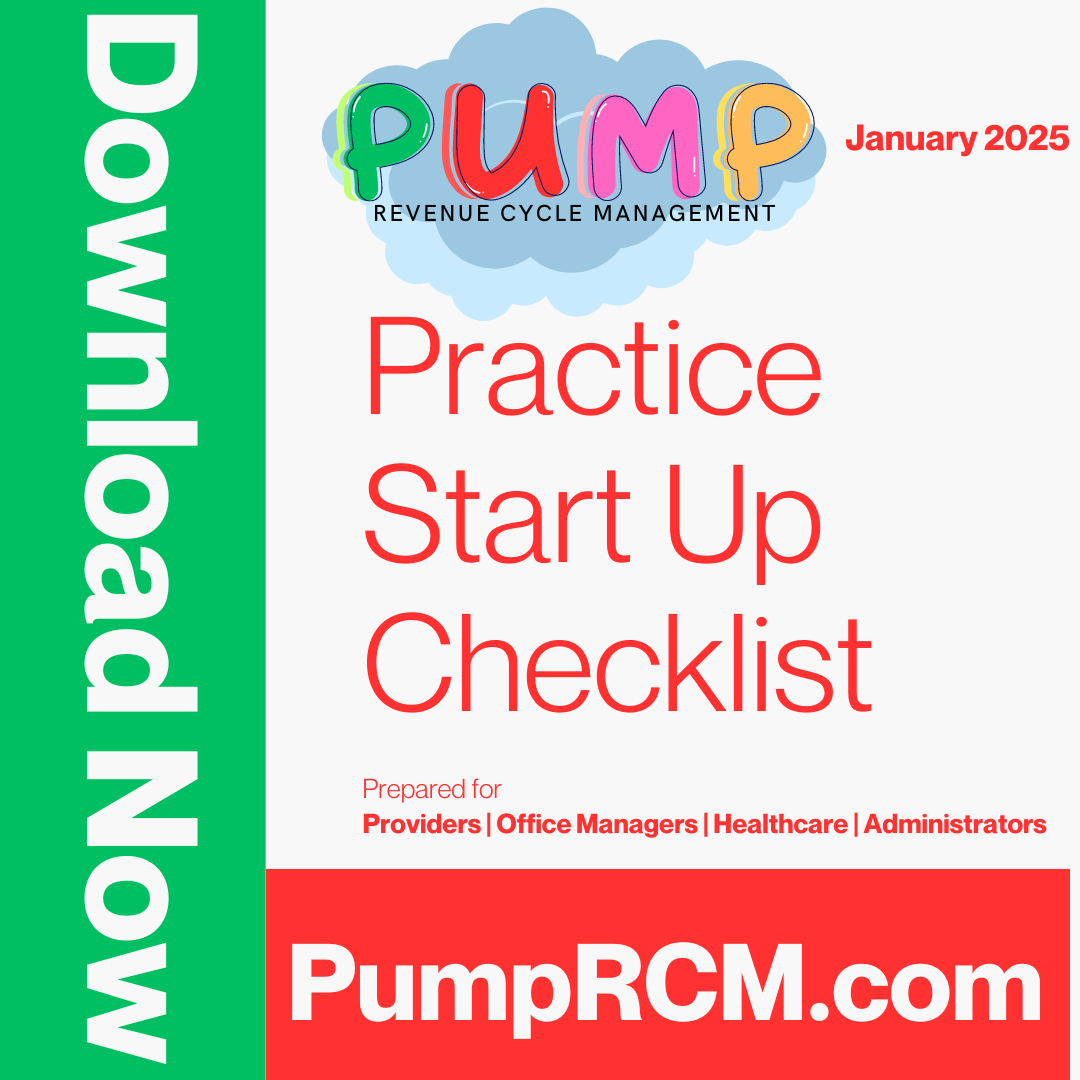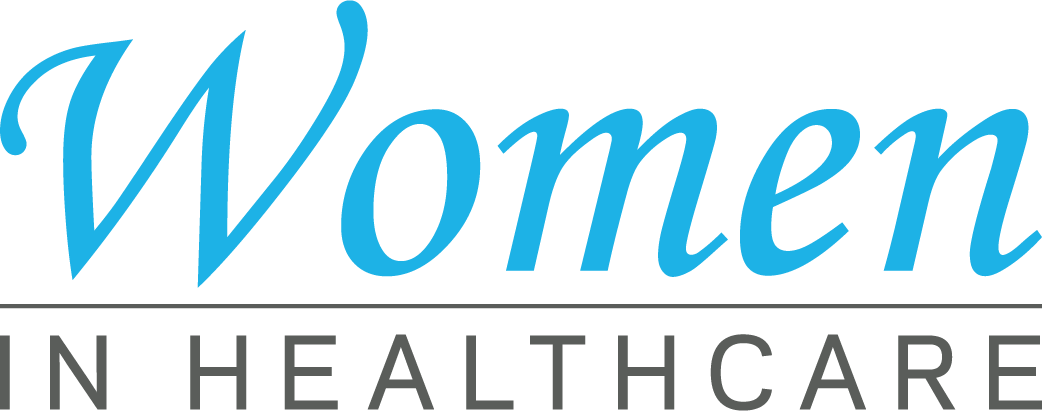Healthcare RCM: Optimize Income Cycle Administration for Better Results
Healthcare RCM: Optimize Income Cycle Administration for Better Results
Blog Article
Discover Just How Medical Care RCM Processes Transform Administrative Tasks Into Seamless Operations
In the ever-evolving landscape of healthcare, Profits Cycle Administration (RCM) procedures have arised as a crucial force in changing administrative tasks into smooth operations. By using innovative innovation and fine-tuned techniques, RCM provides an advanced method to handling client enrollment, payment, and claims processing. The responses to these questions are important for recognizing the future of health care administration.
Recognizing Medical Care RCM
Revenue Cycle Administration (RCM) in healthcare is a vital procedure that makes certain the monetary health of medical institutions by overseeing the whole lifecycle of individual solution income. It incorporates various management and clinical functions, beginning from the first scheduling of a medical consultation to the ultimate collection of repayment for services made. Healthcare RCM. RCM is pivotal in handling the intricacies of billing and repayments, guaranteeing that doctor obtain compensation for their services effectively and accurately
An extensive understanding of RCM includes identifying the several elements that make it effective. Trick facets consist of person scheduling, insurance policy confirmation, charge capture, case submission, and payment uploading. Each of these aspects requires precise focus to detail and durable systems to reduce errors that might lead to income loss. Additionally, RCM is not only about economic collections; it also aims to enhance client contentment by lowering invoicing errors and boosting transparency.
The efficiency of RCM rests upon the smooth combination of technology and personnel competence. Using innovative software application remedies makes it possible for health care establishments to automate repeated tasks, thereby decreasing management problems. Furthermore, qualified employees are necessary in browsing regulatory requirements and payer plans, making certain compliance and optimizing revenue recovery.
Improving Individual Enrollment
Enhancing person registration is an essential step in improving the efficiency of health care income cycle administration. It entails enhancing the preliminary communication in between patients and doctor to ensure a smooth information collection process. Key elements include the precise capture of patient demographics, insurance coverage verification, and permission purchase. By digitizing these procedures through integrated electronic wellness documents (EHR) systems, medical care facilities can reduce errors, lower documents, and expedite patient throughput (Healthcare RCM).
Automated systems help in confirming insurance policy qualification in real-time, which not just decreases management burdens yet also improves patient fulfillment by preventing unforeseen billing issues. Furthermore, pre-registration procedures permit patients to total forms on-line prior to their browse through, reducing delay times and allowing team to concentrate on even more facility tasks. This aggressive strategy makes sure that all required information is collected and confirmed prior to care is offered, thus protecting against hold-ups in succeeding invoicing and asserts processes.
Educating personnel to utilize these systems properly is important. It ensures that information entry is exact and regular, cultivating a seamless transition from individual enrollment to various other income cycle procedures. Eventually, simplifying client registration lays the foundation for an extra efficient, patient-centered medical care delivery version.
Efficient Billing Solutions
Effective payment options are important to optimizing healthcare revenue cycle management. They offer as the backbone for guaranteeing exact and prompt economic purchases in between people, medical care suppliers, and insurance provider. By leveraging advanced modern technology and structured processes, health care facilities can significantly minimize payment errors, minimize hold-ups, and enhance cash money circulation. Executing robust invoicing systems facilitates specific fee capture, making sure all solutions made are made up and billed appropriately. Automation tools can fix up billing information with medical documents, preventing and decreasing discrepancies case denials.
In addition, effective invoicing solutions empower medical care carriers to supply transparent prices and payment info to people, cultivating trust and enhancing patient satisfaction. Real-time invoicing systems enable medical care this content personnel to offer immediate comments on patient eligibility and out-of-pocket expenses, boosting the overall client experience. These options also enable seamless combination with electronic wellness records (EHR), guaranteeing that invoicing and scientific information remain in sync, minimizing administrative burdens on medical care carriers.
Including effective billing solutions right into the profits cycle administration framework not only optimizes functional effectiveness but also reinforces financial efficiency. By lessening mistakes, speeding up payment cycles, and improving patient interaction, health care companies can concentrate a lot more on providing top quality treatment while maintaining economic sustainability.
Optimizing Insurance Claims Processing

In the world of healthcare profits cycle management, enhancing cases handling is essential for keeping financial health and wellness and functional performance. A streamlined cases process minimizes the time in between solution shipment and settlement, consequently improving cash flow and reducing the possibility of mistakes. Effective insurance claims processing starts with exact documents and coding, which are important to guarantee that insurance claims are sent without inconsistencies that can lead to denials or hold-ups.
Leveraging sophisticated innovation, such as automated claims management systems, can considerably boost the performance of this process. These systems are made to automate repetitive tasks, track claims with each stage, and flag prospective concerns early. This not only decreases the administrative burden on team but additionally enhances the precision other of entries by lessening human mistake.

Enhancing Revenue Collection

Furthermore, denial monitoring plays an essential role in optimizing earnings collection. Recognizing patterns in insurance claim denials, understanding root causes, and carrying out corrective actions can dramatically minimize persisting problems, thereby boosting capital. Carriers need to buy robust analytics tools that facilitate in-depth coverage and analysis, enabling them to resolve and correct denial patterns without delay.
Timely follow-up on superior insurance claims is one more important aspect of profits collection. Developing an organized strategy to check and pursue aged accounts guarantees that no profits is left unclaimed. Using committed staff or automated systems to track these cases can boost efficiency and make certain regular money inflows.
Conclusion
Healthcare Earnings Cycle Monitoring (RCM) procedures substantially boost administrative performance by integrating advanced innovation and human proficiency (Healthcare RCM). The automation of patient registration, payment, and declares processing accelerates and lowers errors cash money circulation, eventually improving client complete satisfaction with real-time insurance policy verification and transparent invoicing. By ensuring smooth functional circulation, RCM permits doctor to focus on top quality care while making best use of income recovery and keeping economic stability, therefore changing administrative tasks into efficient, structured procedures
Income Cycle Monitoring (RCM) in healthcare is an essential procedure that guarantees the financial wellness of clinical establishments by overseeing the whole lifecycle of patient service revenue.Simplifying individual enrollment is a fundamental step in improving the effectiveness of health care income cycle monitoring. It involves optimizing the initial communication between individuals and healthcare providers to guarantee a smooth information collection procedure.In addition, additional reading efficient billing options equip medical care service providers to provide clear prices and billing details to individuals, fostering count on and improving patient complete satisfaction. Real-time billing systems allow medical care staff to supply prompt feedback on person eligibility and out-of-pocket costs, enhancing the general patient experience.
Report this page